The Reincarnation of Jute
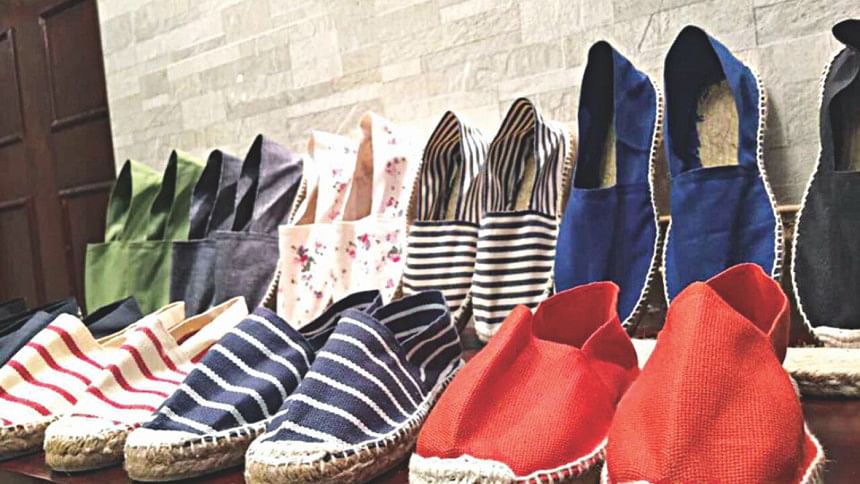
Bengal's reputation of being a monopoly in the production of jute preceded it back in the day, but the industry is not what it used to be in the 20th century. Facing challenges in the forms of productive inefficiency, and struggling to keep up with rising global demands, the once-golden industry is slowly losing its lustre.
Under closer inspection, however, you will realise that the jute industry today is still going strong. While it has certainly seen better days, the wheels at the 27 existing jute mills continue to spin with gusto. A government report says Bangladesh controls 62 percent of the global jute market as of 2016. Moreover, about 25 million of the country's population is currently employed in the agriculture, domestic marketing, manufacturing or trade of the golden fibre. Adding to that, Bangladesh remains the second largest producer of raw jute to this day.
However, the allowance of tax benefits granted from 2016 onwards, and rising global demands for the biodegradable fibre revealed themselves to be the real game changer in this equation. In the spirit of a cheaper and greener exportable product, the industry of jute must be met with a revival.
And so, in an attempt to restore the jute industry of Bangladesh to its former glory, a reincarnation is in motion. And leading the movement stands a true visionary, Amir Hossain Rangan, Managing Director of Khiyoo Fashion House.
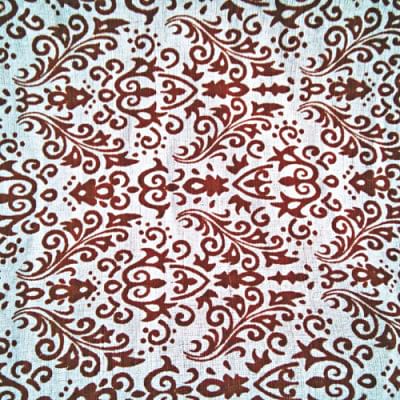
"Our soil is extremely fertile, especially for jute. With its price being four times lower than that of cotton, jute already beats its greatest competitor," notes Amir Hossain Rangan. "We must make optimal use of the resource we've been blessed with, and look past archaic uses of jute in ropes and gunny bags," he further shares.
Researching on the field for 16 years, Rangan figured that he could use jute as a fabric to make clothes. Exploring the full potential of the fibre would eventually see him crafting and selling designer clothes made of jute in the form of jackets, coats and pants. Multiple exhibitions around the city have already been organised to showcase the creativity and brilliance, as well as raise awareness and promotion. Creating a customer base through promotional ventures will spark demands for the clothes fashioned out of jute. This, in turn, will require more raw materials, leading to more jute being weaved and spun. Finally, supply will be raised and higher yields of jute will carve a revived, booming industry.
At least, that's the plan. Roadblocks in the form of softening the rough, coarse fabric, and reducing the cost of production have been noted. Although the designer clothes promoted via Khiyoo Fashion House by Rangan promises comfort, with fabrics being wearable owing to a softer lining on the insides, further issues make this a difficult investment. Lack of financial and marketing support effectively puts a dent on the initial step of creating demand, and eventually increasing cultivation.
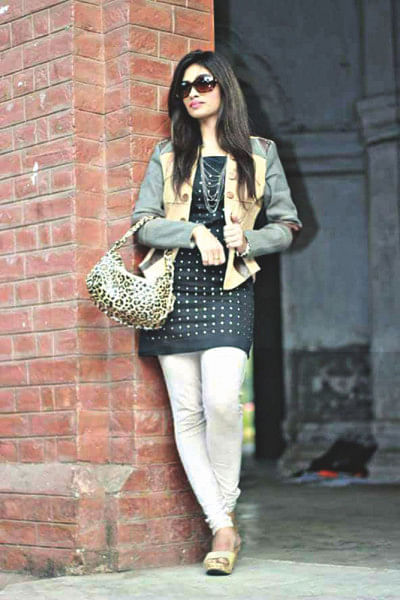
Rangan shares his long-term goal, "Bangladesh, with its many jute mills, can produce jute in abundance. Meanwhile, Bangladesh has a strong RMG sector. My vision is to combine them together to make jute clothes and sell them at a profit."
Fortunately, helping out Rangan in the revolutionising movement is another entrepreneur, Nasrin Akter Mila, CEO of The Magnets, an export/import/supply company offering goods made of agro and leather with a special emphasis on jute.
"The jute trade has always had a great presence in history. If we put our heads together, developing the jute industry can be an easy task," Akter optimistically states.
The company has always competed and traded in both local and international markets with their varieties of jute bags as a rustic, fashionable accessory and, also for shopping, carrying laptops and wines. Their new area of focus is shoes, specifically Espadrilles. These canvas shoes, made out of jute blended with cotton and leather, offer cheap and warm solutions to bare feet. Produced with ecological materials, and manufactured with braided jute soles, the end product makes for a green alternative in footwear. Designs of such products are, in no way, limited, in case you were wondering! Offered in stripes, two-tones, printed patterns and in assorted colours, there's sure to be a pair for every preference!
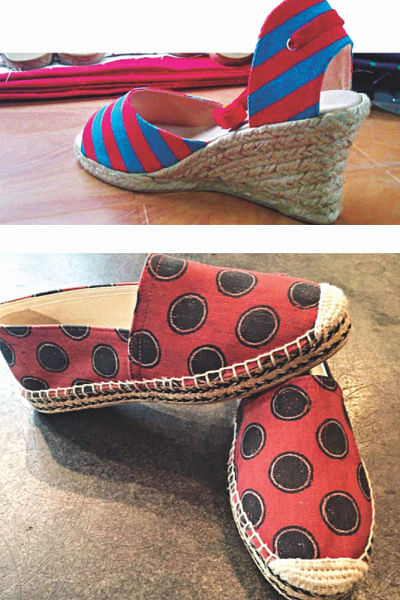
However, even Akter points out the obstacles lying in the way of her enterprise and the industry at large. "The plight of the people involved in the reaping and trading of jute is real. While jute may be abundant, processing it at mills to manufacture the desired products require advanced and expensive machinery. The field is promising, but funding in research and development is crucial," she concludes.
To help with that, government support has been forwarded and the industry benefits because of it, but there's still a long way to go.
"Products made of jute lack recognition and awareness. Sure, we have conferences and exhibits on jute every now and then, but they must be displayed at trade fairs and exhibitions with proper banners and advertisements to get the word of mouth going," suggests Ali Zakir, Director of Amali Export Import Sdn Bhd. "There must be retailers and entire spaces of showrooms dedicated to flaunt the diversity of the jute goods with pride," he further states.
For Zakir, goods of the golden fibre provide a golden opportunity of business. Offering great deals on edgy and chic handbags fashioned out of jute, the company is known to trade both locally and in international markets. The bags come in a variety of choices such as single or double strapped backpacks and shoulder bags for stylish and convenient looks. The creativity in design, and simplicity in usage, not to mention jute being eco-friendly, makes the products a true competitor in the markets.
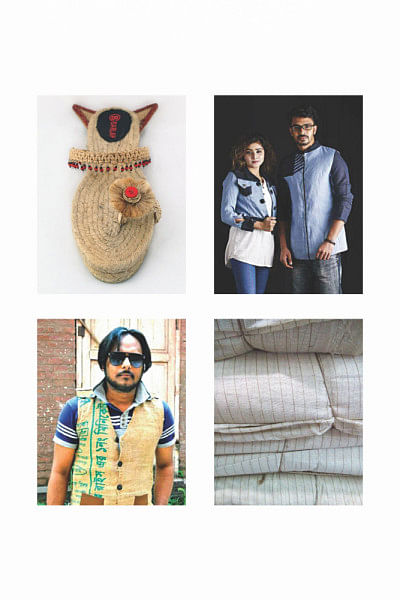
Standing alongside Zakir and trading in products of jute, especially, handbags is Mos-ud-ul Alam, Managing Director of Banijyo Antorjatik Ltd.
"The jute industry of Bangladesh needs a change. Problems like rising costs of production, although justifiable as manufacturing is a long process, must be solved," Alam says, agreeing to the opinions of his contemporaries.
With Banijyo Antorjatik Ltd being another dealer in handbags produced out of jute, the company, too, offers diversity. Colourful and printed handbags, convenient backpacks, lunch or office bags and fruit sacks pique the attention of local and international buyers. And it is herein where a solution might exist.
"The jute industry needs to engage in promotional activities and undergo a productive reform to create an international clientele. Although demand for the fibre already exists in overseas markets, we are still not able to fully meet them. Tapping into the immense potential abroad can generate great revenues and really cause a paradigm shift in the jute industry as we know it today," Alam offers his two cents.
If one thing is clear, it is perhaps the fact that a big chunk of our legacy lies in jute. Used in almost every piece of furniture like curtains and lamps, in miscellaneous things like burlaps and sacks and now even in the world of fashion, jute is a staple of Bengal's culture, and deserves proper recognition. More importantly, it deserves a reincarnation. With the motion of revival already rolling, it is only a matter of time till the glory of the mighty jute industry of Bengal is restored.

Photo Courtesy: Nasrin Akter Mila/The Magnets, Amir Hossain Rangan/Khiyoo Fashion House, Mos-Ud-Ul Alam/banijyo Antorjatik Ltd.
Khiyoo Fashion House- https://web.facebook.com/KhuyooFashionHouse/
Amali Export Import Sdn Bhd- www.amali.com.my or facebook/amaliexpoimpo
Amir Hossain Rangan- amir.rangan@gmail.com
Ali Zakir- ali@amali.com.my
Nasrin Akter Mila- milaakter@gmail.com
Mos-ud-ul Alam- banijyoantorjatik@gmail.com





Comments